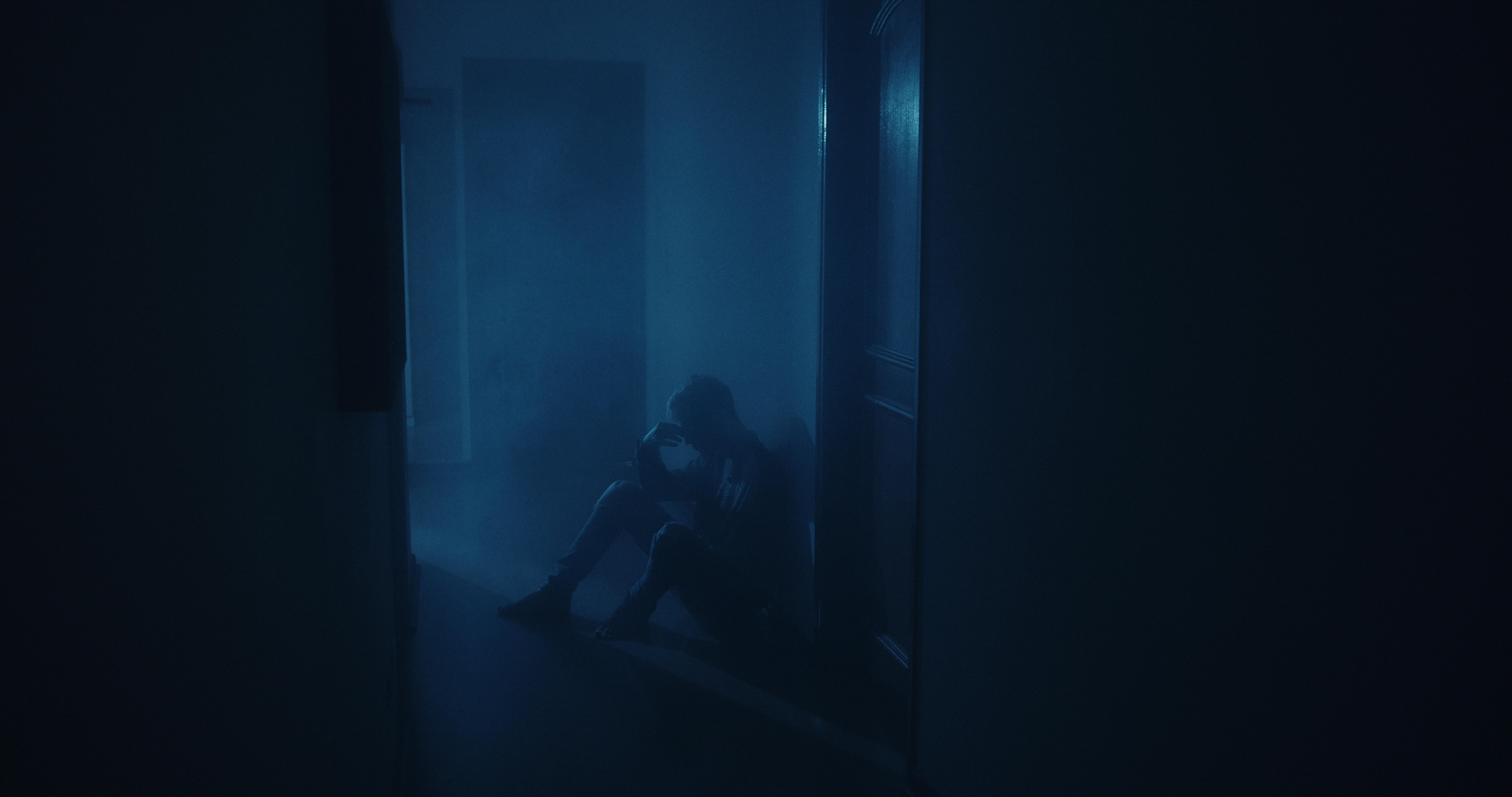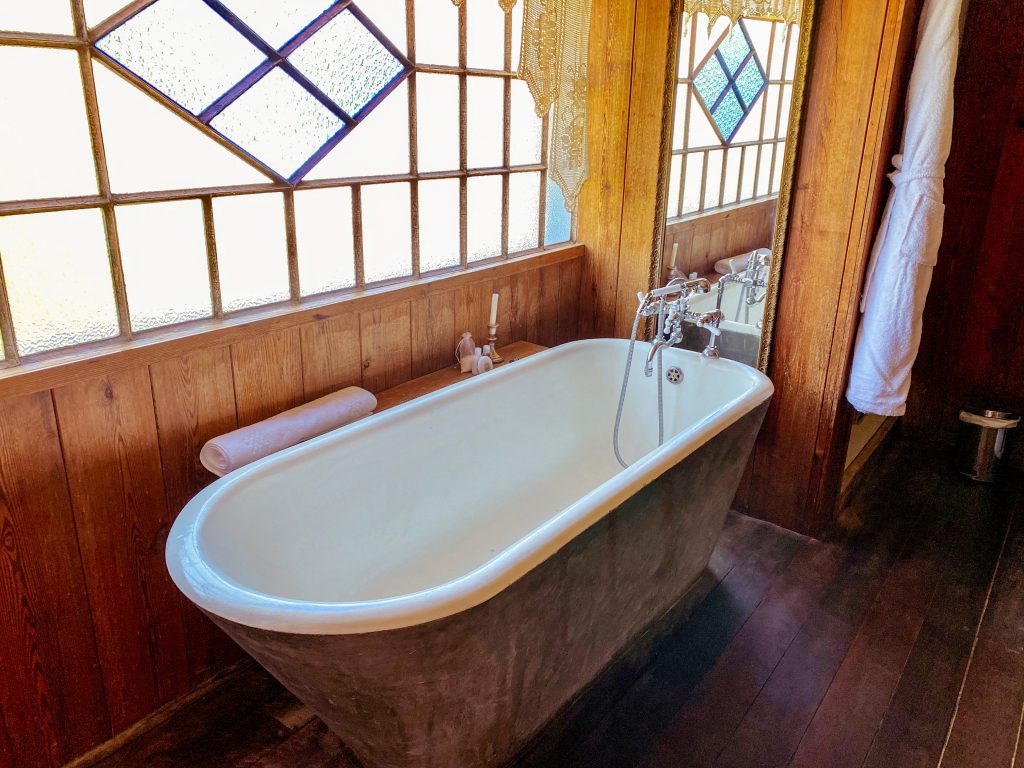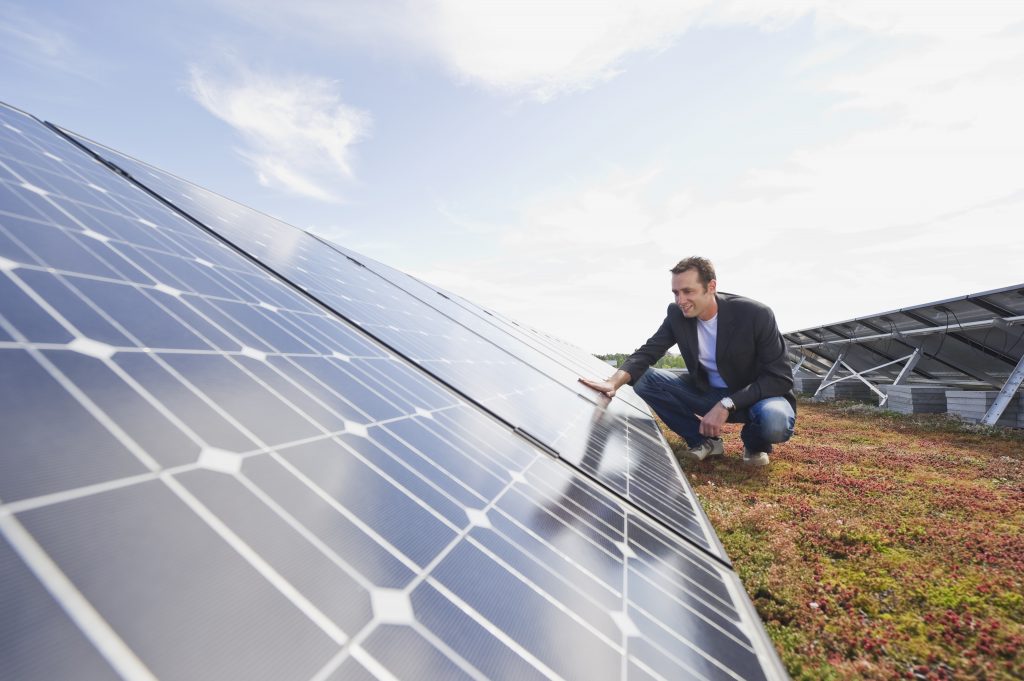Chances are that everybody reading this has experienced a power outage before.
Bob is sitting at home reading his first 4SHTF article, when suddenly the lights and computer go off. He bangs his toe on the chair, trips over the cat, and fumbles his way around the house to the kitchen where he walks into the counter before fumbling in the top drawer for his candles and matches when he remembers that he used them all in the last blackout. Bob then makes his way to the garage to retrieve his flashlight, only to discover that the batteries were missing. He called out to his wife who yelled back that she had borrowed them for something else while he was at work. Poor bob is forced to sit at the kitchen table with his family in the dark eating cold cereal for dinner, listening to his wife nag him about why he didn’t buy more candles, while he waits hours for the power to be restored.
Meanwhile across town
Joe Prepper is sitting at his computer reading the latest 4SHTF article, when suddenly the street lights outside go out. Because he is prepared, his lights and computer are still running. He casually calls out to the kids to turn off anything non essential. Joe’s wife sighs at the stove timer resetting, but continues cooking on the gas stove. The kids listening to their streamed music didn’t even notice that their modem and router had switched to UPS power. Joe goes to the electric company website to report the outage, before his wife calls everyone to the table for dinner. While enjoying a delicious hot pot roast, he switches on the radio and listens to updates about when the power will be restored. Obviously Bob and Joe had very different experiences, and hopefully the advice in this article will help you be a little less like bob (although we still can’t promise your wife won’t nag you).

If you have a cell phone with service, or an uninterruptible power supply for your modem and router, the first thing you should do is call your power company and inform them of the outage. To reduce the chances of a power surge when power is restored, you should turn off the breakers to the entire house except for one room, and leave the light on in that room so that you know when the power is back on. If you cannot afford to have an expensive generator system, be sure to keep a supply of candles, matches, and flashlights readily available in multiple rooms. Try to use rechargeable batteries, and always keep an extra set of fully charged batteries nearby. Candles should never be left unattended, and should not be used as a source of heat as they create a fire hazard. Keeping a non-cordless telephone if you have home phone service connected is a good idea as these will work without power because phone lines have a separate source of power than electricity lines.
If you are out and about instead of at home when the power goes out, be cautious of downed power lines. Always assume that a power line is live, as the wires are not insulated. Never touch a power line, or anything that it may be falling on, and never attempt to drive over a downed wire. If your vehicle does happen to come into contact with a power line, stay inside your vehicle; the ground may be energized, and remaining where you are is the safest thing to do. If you absolutely must leave the vehicle for safety reasons such as a fire, remove all loose items of clothing, keep your hands at your sides, and jump completely clear of the vehicle so that you do not touch it as your feet hit the ground. Shuffle away from the vehicle, keeping both feet close together and making sure not to lift them off the ground at all.

If the power outage lasts more than three or four hours, you need to begin preparing your perishable food. Once food that can spoil reaches a temperature of 40F (4C) it must be cooked immediately, and food with temperatures greater than this must be thrown away. The best way to check if food is safe is to use a quick-response digital thermometer. If you choose to use a gas grill or camp stove to cook, make sure it has adequate ventilation because carbon monoxide poisoning can happen rapidly, and without being noticed. It is a good idea to install a carbon monoxide detector even if you do not use gas cooking regularly. Also be sure that cooking surfaces are placed well away from anything that may catch fire; if possible, try to use it outside.
A freezer that is half full will keep food safe for around 24 hours, and a full freezer will last around 48 hours before food needs to be prepared. One thing that you can do to keep your fridge a little colder is to fill empty water bottles, and place them in any empty space you can see. Items can also be moved from the fridge into the freezer section to preserve them longer. Buying small coolers to transfer food to and keeping ice on hand to fill the coolers with is a great way to be prepared. In winter, you can take perishables outside and pack in the snow to help keep them frozen longer.

You should also fill the bathtub with water to ensure you have a supply of fresh water to drink, cook, or wash with so that you don’t have to resort to drinking out of the toilet or water heater (although if you think that the outage may last days, you may want to turn off intake to the water heater just in case.)
General requirements are one gallon per person per day of water and about two thousand calories per person per day of food that it is non-perishable and easy to prepare. You will need a three day supply if you intend to evacuate, and a two week supply if you are sheltering in place or bugging in. Keep a three day supply in your vehicle with you when you are away from home in the event that the power outage occurs when you may not be able to go home immediately. Just be sure to rotate out with fresh supplies as they near expiry.
If the weather is cold, have everyone sleep together in one small room, and be sure to get as many blankets as possible. An intermediate prepper should have a wood burning stove or fireplace as an alternative source of heat, and it can be used to cook on and sleep near. Closing off as many unused rooms as possible and covering windows with sheets or blankets will also help retain heat, and if your home has two levels, picking a room on the top floor will be warmer than the lower levels. In extremely hot weather blankets can also be placed over windows to block the sunlight and heat, and a damp washcloth can be used to keep small children or the elderly from overheating, although you should use this as a last resort to preserve your water supply. If you have a basement, it will be much cooler than the rest of the house, but if not, a tiled bathroom will be a cool place to sit, just take care if you have a supply of drinking water in your sink or tub not to contaminate it.
While most people are content to do the minimum preparation like a drawer of candles and a flashlight, because blackouts are generally uncommon and short lived, there are ways that you can improve your prep, whether that is a few hours of power, or being completely independent from grid power. You can buy a universal power supply that will give you power after a blackout, and it is a great idea to hook up your computer and router to it so that you can still use the internet for updates on your situation, and to inform people of what is going on so that they may be able to assist you if you need it. A hand crank weather radio is also a must have so that you can stay informed about what is going on around you, and a solar charger will ensure you have enough power to keep your phone in working order for emergencies. Incase your bugging in plans don’t go as planned, it is good to always keep your vehicle with a full fuel tank in the event you have to leave quickly. If you have a power inverter, you can connect it to your vehicle and turn it into a generator to power appliances.

If you are really wanting to be prepared, I suggest investing in a generator system large enough to run major appliances such as a refrigerator, and keep enough fuel on hand to last at least a week. If you use the methods mentioned above to minimize temperature loss, and only open the fridge when absolutely necessary, you should be able to turn the generator off most of the day and only run it a few hours to ensure the food remains below 40F at all times. If you truly want to be ready for the event that power never returns, set up your home with an alternative off-grid energy source such as solar power panels or a wind turbine. The basic components of a solar set up are; panels, inverter, charge controller, and battery bank. The number of panels will determine how much solar power you can take in, the batteries determine how much of that power is stored, and the inverter determines how much of that stored power you are able to use. How much solar power you will need depends on many factors such as intended purpose; do you want a temporary emergency backup, to reduce your grid power consumption, or to completely power your entire house full time?

1 thought on “What to do in a power outage”